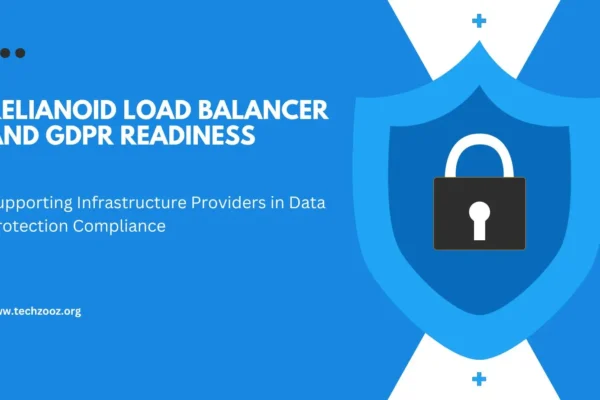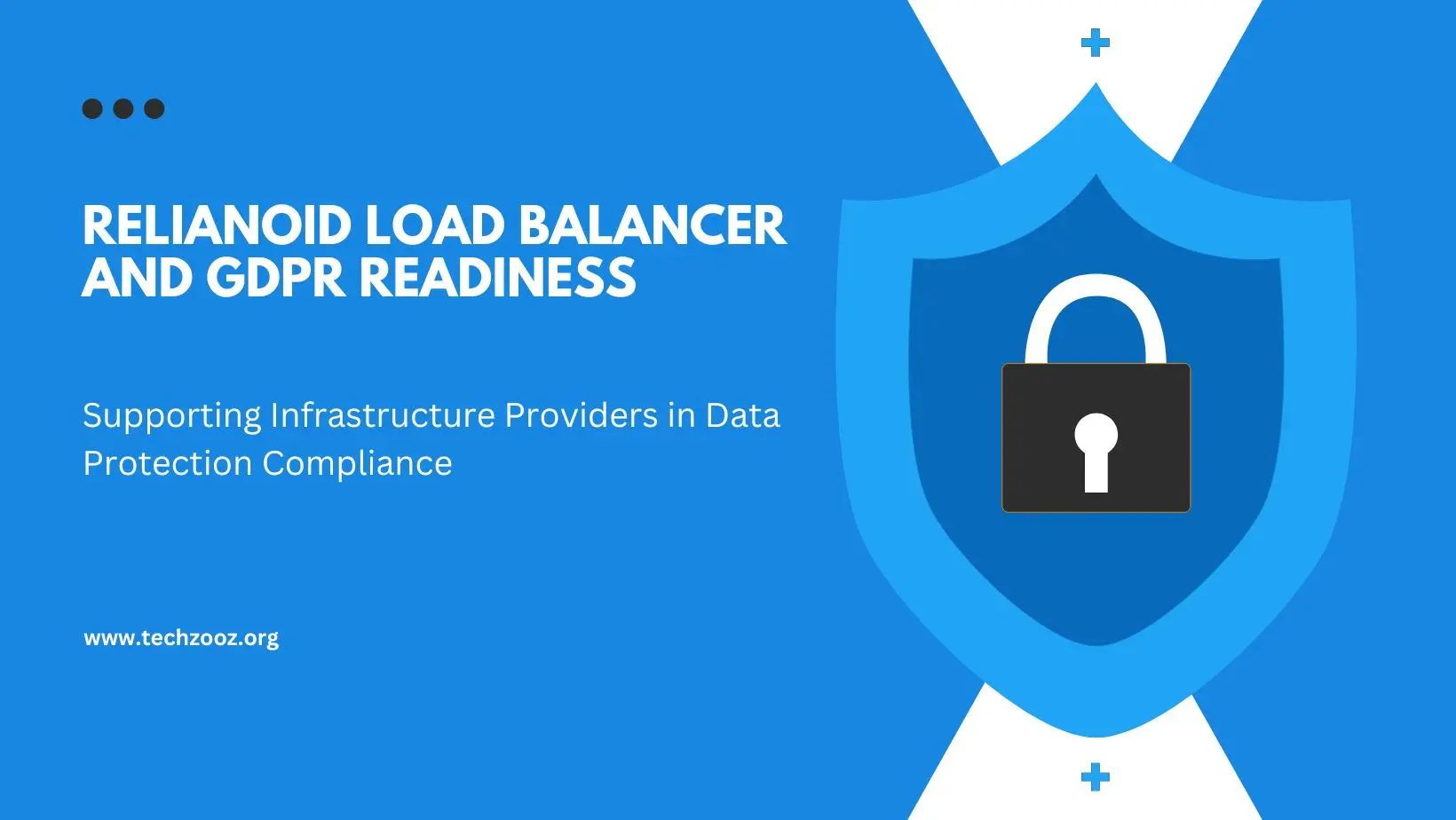
Demystifying the Different Types of Network Access Control Methods
Network access control enhances network visibility and enforces security policies. It also helps prevent unauthorized access by continuously monitoring endpoints to ensure compliance with established policies and limiting the extent of network privileges granted to users. Network access control has become increasingly important with remote working, bring-your-own-device practices, and personal devices that double as work equipment. However, it can be challenging to strictly adhere to the principle of least privilege in an extensive enterprise network.
Pre-Admission
With pre-admission NAC, security measures are proactively enforced before a device or user attempts to enter a network. These measures validate that the endpoint systems or clients authenticate and comply with corporate security policies. Pre-admission is one of the types of network access control that uses an authentication server to check the credentials of devices requesting entry into a network. The system then assesses the request, including its origin, behavioral patterns, and other factors to allow or deny access in compliance with network security policies. This approach is essential for organizations with Bring Your Device (BYOD) policies, allowing employees to use personal gadgets for work-related tasks. With this type of NAC, you can restrict BYOD and third-party devices to Internet-only access, ensuring they can’t connect to internal business applications or data. Alternatively, you could require these devices to register via a captive portal or utilize self-registration and segmentation capabilities that limit the scope of their network experience. NAC can also encrypt devices and applications to reduce the threat surface further. This is known as zero-trust network access (ZTNA). ZTNA is a central component of a comprehensive cybersecurity strategy.
Post-Admission
A network access control solution can prevent users and devices from connecting to the corporate network if they don’t comply with security policies. This can help thwart cyber attacks before they spread to the rest of your business. It also allows IT to enforce and change security policies continuously, which can be helpful when containing a data breach in progress or a ransomware attack. Most NAC solutions can also identify lateral movement by threat actors, stopping them from spreading malware to other parts of the enterprise network. Large networks are rarely segmented enough to follow the purist principle of least privilege, which means most people require access to a wide range of systems and data. This is where role-based NAC comes in, which helps IT limit a person’s access to only the network resources they need for their job duties. It also stops them from sharing that access with coworkers and third parties. The system can automatically assess an individual’s device, location, and behavior to grant or deny real-time access.
Discretionary
Discretionary access control, or DAC, is an access model where the resource owner determines what kind of access they want to grant users. Unlike mandatory access control (MAC), which focuses on monitoring the system from a higher level, DAC gives users and resource owners the autonomy to monitor their security and decide how they want to share resources. With DAC, security is built around the user’s identity, giving individuals varying levels of permission based on their roles and needs. For example, a senior employee may need the ability to read and modify files, while an entry-level employee only needs to write. This type of security is the backbone of many operating systems and cloud services, with almost every file on a laptop managed through a DAC system. However, it can become quite unwieldy as you scale up a business to a larger team – it’s challenging to enforce consistent security protocols when everyone can be an object or information owner. As a result, it’s usually paired with MAC and RBAC.
Role-Based
Role-based network access control, or RBAC, gives permissions to end users based on their role in the company. For example, an administrator should have full access to your system, but a junior network engineer wouldn’t. This model also allows for rules to be set in place that override company roles, so a rule that denies access after a specific time can be used. As a result, it’s one of the most efficient ways to secure your network. It’s easy to set up access for staff members based on their job titles, and it’s even easier to remove those permissions once an employee has left the company or moved to another team. In addition, it follows the principle of least privilege, ensuring that employees only have the minimum amount of access necessary to perform their duties. This minimizes the risk of disgruntled employees trying to settle scores by deleting data or leaking confidential information. It can also reduce compliance risks by helping to ensure that the right employees have the right level of access at all times.
Attribute-Based
Attribute-based network access control methods solve the shortcomings of role-based and other traditional authorization models. These technologies rely on security administrators to set high-level rules to decide whether a specific employee can access certain locations, databases, and other company resources. The problem is that these high-level rules may only consider some necessary information to make an informed decision. ABAC describes access in terms of attributes (or characteristics) associated with the security principals (requesters), objects to be accessed, and actions. This model takes into consideration the full context of a situation. Unlike role-based systems that only compare string-matching criteria, attribute-based access control uses a policy decision tree to filter policies with mismatched attribute values and increase the retrieval speed of a policy with an access request. This method can reduce the time spent evaluating a policy and make it three to five times more efficient than other matching methods. This can also provide greater scalability in the face of increasing users, objects, and policies.









